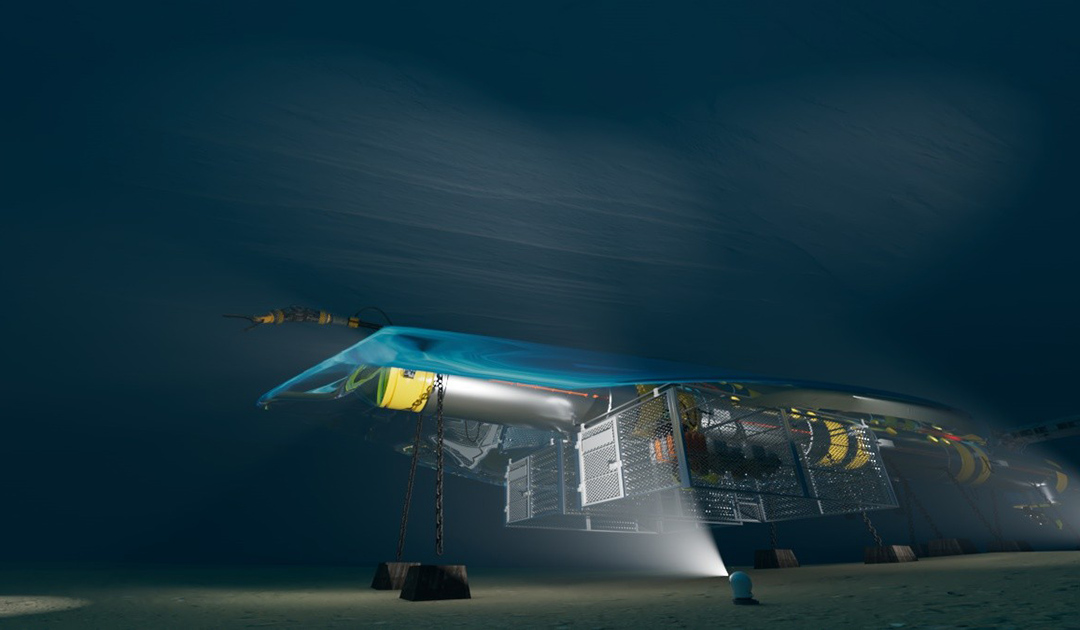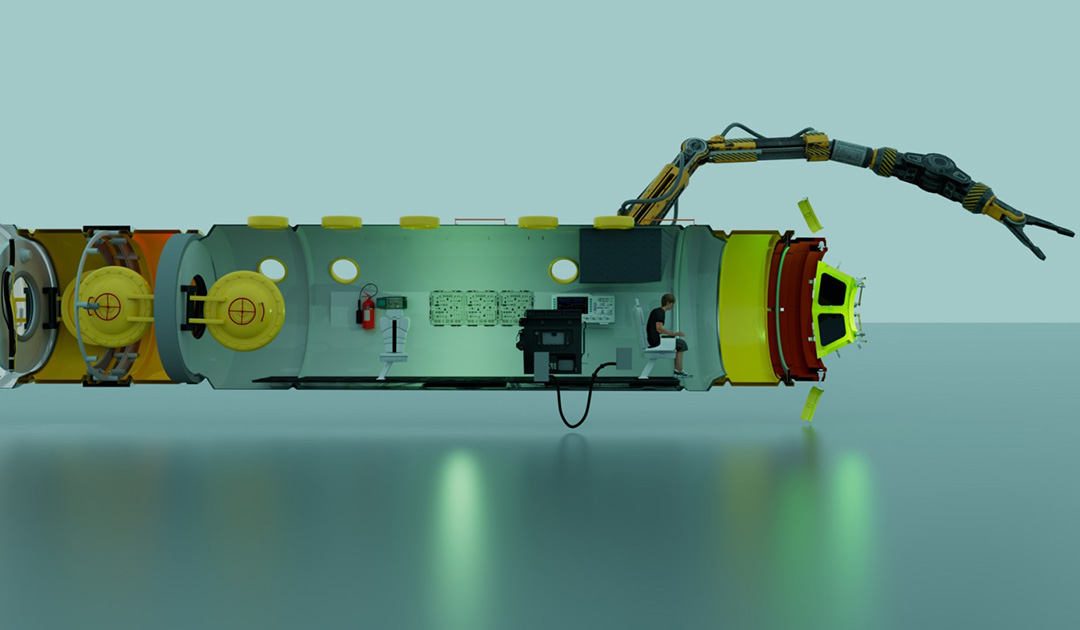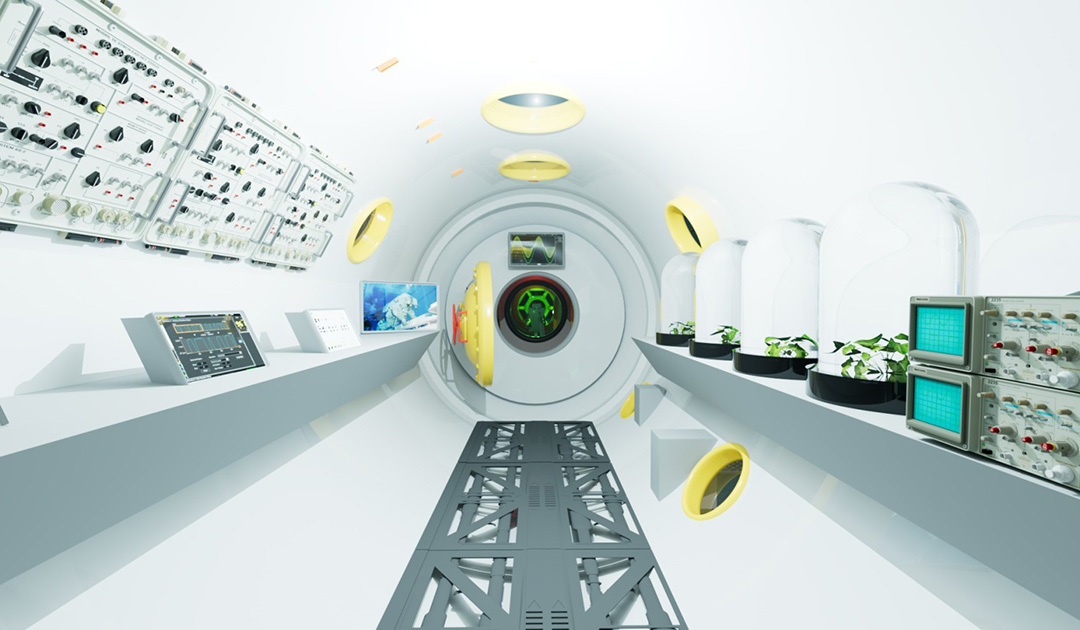
Six months living trapped under the pack ice at a depth of ten meters in the Arctic Ocean? While most would probably never dream of embarking on such an adventure, for some this expedition would certainly be the greatest experience ever. The latter probably applies to the French polar explorer and diver Alban Michon and his team, which is why they have been working for eight years to realize their vision. They are planning the BIODYSSEUS underwater base, which will be used to monitor the marine environment as well as a space training center. The mission is scheduled to launch in late 2025.
Jacques-Yves Cousteau already asked himself whether man can live in the sea for a day, a week, a month. With Précontinent II, he answered the question: In 1963, six oceanauts lived for 30 days in a starfish-shaped underwater station at a depth of ten meters in the Red Sea.
With Biodysseus, Alban Michon wants nothing less than to follow up on this and build the first research station for oceanography and space travel to contribute to the study of the oceans, the underwater world and new technologies. “We will be the first ‘bioceanauts’ in history,” Michon enthuses to Le Parisien. “The goal is to house scientists and engineers at the base to conduct experiments and test breakthrough technologies.”
The station will be installed first under Arctic pack ice because the Arctic is warming four times faster than the rest of the world and is suffering much more from the effects of global warming, Michon said. However, it will be built so that it can be deployed virtually anywhere on Earth. The capsule, which resembles a spaceship, is transportable, modular and expandable and is expected to be in operation for at least 20 years. The footprint of the station will be kept as small as possible.
Anchored to the bottom of the Arctic Ocean at a depth of ten meters, Biodysseus will be able to house four bioceanauts at atmospheric pressure for six months as an as far as possible autonomous habitat. The base will also serve as a training center for astronauts, who can prepare for their space missions with dives.




The station will be secured and supplied from a base camp that will be established on or near the pack ice and will provide space for an international team of divers, doctors, logisticians, engineers, cooks, researchers, scientists, photographers and others.
At the end of the initial six-month mission, the underwater base will be available for global research and development and will become a European training center and underwater laboratory in extreme environments, with a focus on protecting and expanding knowledge of the environment.
Currently, Michon and his team are busy securing funding for the project.
Julia Hager, PolarJournal
Link to Biodysseus: https://www.biodysseus.com






What if any long term affects do you think this will have on the research team who will be down for the entire 6 months.
Thank you for your comment.
With only six months at the station, no longterm effects should occur from our point of view. Unlike in space, where due to the loss of gravity, physiological effects can occur (especially on the skeletal and muscle system), the station is pressurized. Mentally, the fact of being surrounded by a lot of water and no direct sunlight for months, the psychological effects will definitely be assessed. But again, we don’t think that it should have any long-term effects.